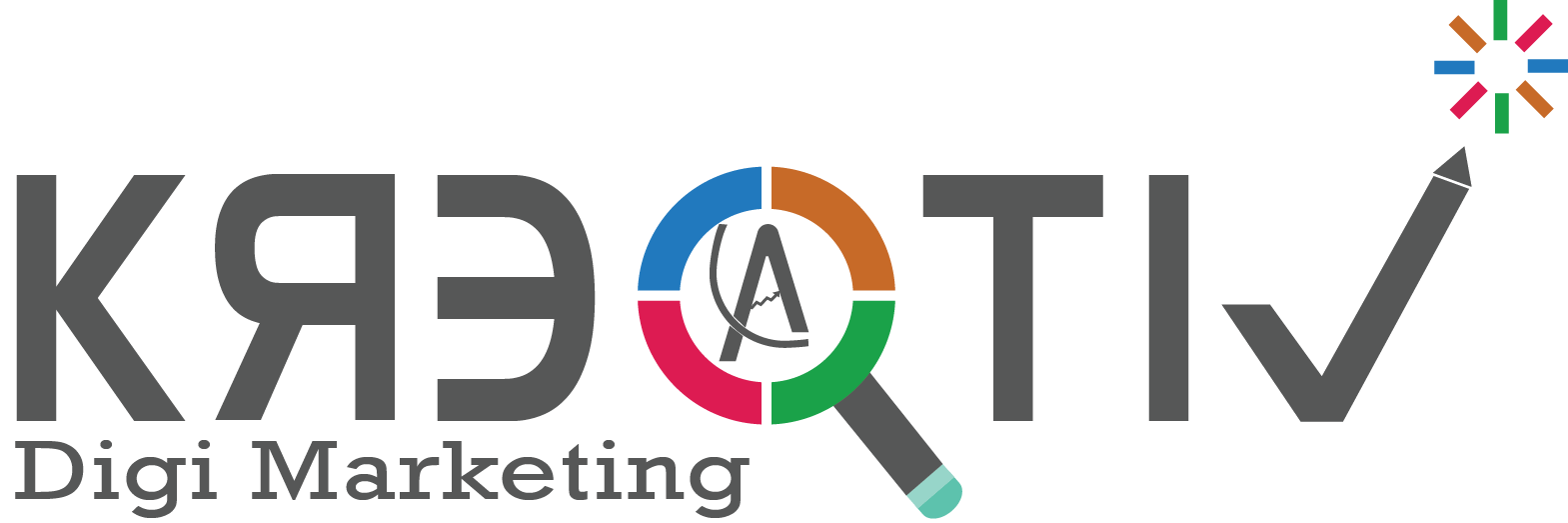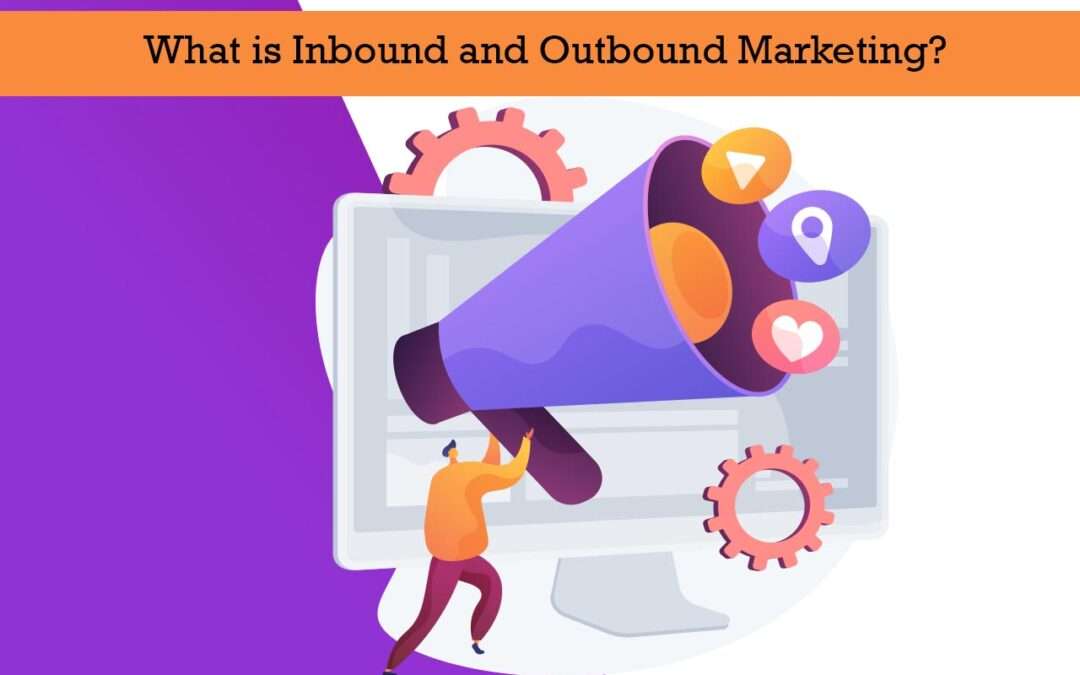Inbound vs Outbound Marketing
Digital Marketing comprises various factors and their coordination. Marketing is not anyone’s cup of tea. It is a process that requires a strategy, continuous effort, and the right channel. In this article, we will cover inbound and outbound marketing and its benefits in digital marketing.
What is Inbound Marketing?
Inbound marketing is nothing but a company strategy that draws consumers by delivering relevant stories and insights that are targeted to their specific needs.
While outbound marketing bombards your audience with stuff they don’t always desire, inbound marketing establishes relationships and addresses issues they already have.
The goal of inbound advertising is to attract new people to your products and services.
It is necessary to note that your top prospects are looking for things online. More than 50% of customers start their purchase trip online.
They start by looking for items, services, or materials that will meet a need or address a problem.
However, your material should describe how your products or services will solve their problems, answer important questions in their sector, or meet their wants.
There are several ways to accomplish this, including blogs, video material, guidebooks, and others.
Incorporate brand evaluations, incredible testimonials, competitive pricing, and stellar reviews into your podcast, social media postings, or reports.
Content marketing, blogging, Search Engine Optimization, and opt-in email marketing come under the inbound marketing section.
Furthermore, paid search advertising is classified as inbound marketing since your adverts display only when consumers seek the items or services that you provide.

Benefits of Inbound Marketing
- Reduced expense
- Higher trust and credibility
- Quality traffic and leads
- Opportunity to learn and evolve
- Attract visitors
- Nurture leads into customers
- Convert visitors into leads
What is Outbound Marketing?
Outbound marketing is the polar opposite and different from inbound marketing. It is a process in which clients seek you out when they require your services.
Outbound marketing is often more difficult to measure and less profitable than inbound marketing, yet firms continue to spend up to 90% of their marketing budgets on outbound marketing.
Outbound marketing means sending a message to a large number of individuals with the intent of ensuring a transaction. This method is based on the idea that the greater the group to whom you send a message, the greater the return.
Outbound marketing is frequently connected with conventional marketing techniques such as direct mail, events, billboards, cold calling, newspapers, and radio.
Outbound marketing, on the other hand, can be used for more current technologies, such as pay-per-click advertising and spam emails.
Benefits of Outbound Marketing
- Reach a wide audience
- Instant results
- Easy targeting
- Easy to implement
- Generate organic traffic
Conclusion
Technology plays a vital role in digital marketing. Consumers do not show much interest are or uninterested in the promoted goods.
Most of the customers may be watching TV or browsing a website when they are stopped by an advertisement demonstrating why they should purchase a specific product.
This type of outbound marketing leads to generate interest in the customers regarding the product. Branding, promotion and advertising are very key parts of marketing.

